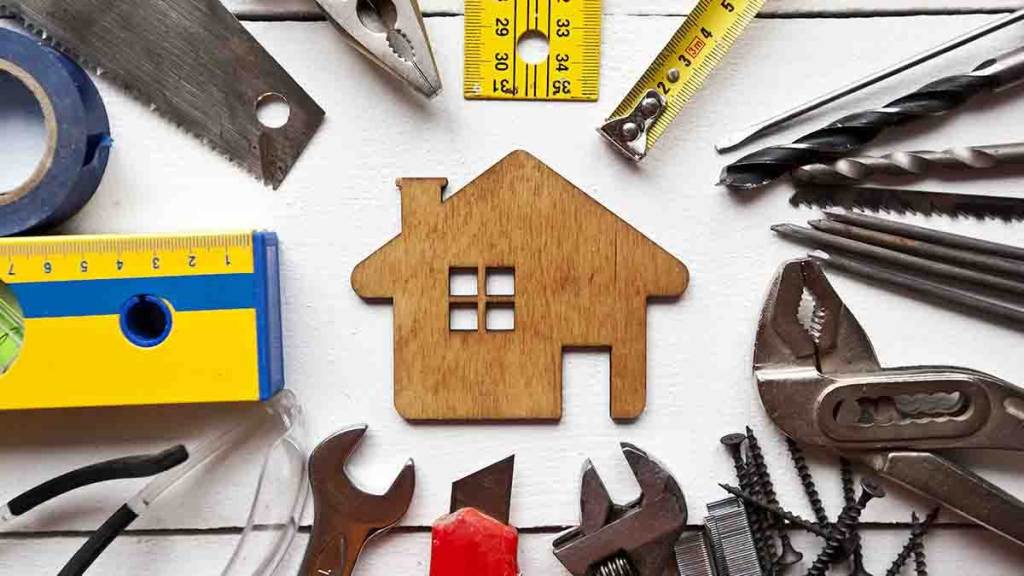The fix-and-flip market has seen a boom in recent years, with more than 407,000 homes flipped in 2022, a 14% increase from 2021 and a 58% increase from 2020, according to a recent report by real estate data firm ATTOM. ATTOM reports that one in 12 home sales last year — 8.4% — involved fix-and-flip investors.
But increasing costs and the banking crisis this year have meant a fall-off in return on investment for flippers, and for those still interested, it can be more difficult to finance a fix-and-flip or a bridge loan than in past years.
“There is a lot less liquidity for fix-and-flip and bridge loans in today’s market, especially after the banking crisis,” said Keith Lind, CEO of Acra Lending. “In general, after what we went through and what’s going on with home prices, construction costs and interest rates, there is less liquidity for bridge and fix-and-flip versus non-QM.”
As an example, Lind noted that Acra’s pipeline in non-QM products, which includes bank statement and DSCR loans, is up 93% from December. But its bridge loan and fix-and-flip loan pipeline is down 40% over that same time period.
“It’s hard to buy a home today, fix it up and make a profit when your borrowing cost and fixed expenses are so high. That’s what people are struggling with,” he said.
There’s also the problem of declining home values and appraisals coming back lower than the investor’s expectations. Again, it makes it harder to achieve that desired ROI for the flipper.
Add to that the fact that some bigger, regional banks have paused or exited the lending game altogether for these types of assets.
“We are seeing a pretty large influx of loans that would have normally gone to these regional banks but are now coming to us,” Lind said.
Despite the difficulties with bridge and fix-and-flip loans, Lind is optimistic about the opportunities for such as the market consolidates.
“Investors in today’s environment want yield on safe products. People are bullish on housing, so I think that’s a very good backdrop for investors to say, ‘OK, I’m very confident in housing versus commercial real estate,’” he said. “If you want high yield and you want it in scale, you have to come to lenders like Acra.”
Acra’s non-QM pipeline continues to grow, and Lind expects there to be more market share gains even for the bridge and fix-and-flip loan products.
“A lot of our competition is disappearing,” he said. “A lot of our competitors have gone out of business or are having funding issues or capital issues. We have a very clean balance sheet, and our pricing is competitive.”
Acra has funded $10 billion-plus of loans since it was founded in 2014. The company services its own loans and works at scale, with 300 employees originating about $230 million in loans in June.
“Our pipeline is growing,” Lind said. “Let’s say we’re at $235 million this month. That’s a run rate of almost $3 billion of assets over the next 12 months. Where else are you going to find that? There aren’t too many originators that have the scalability, expertise, and experience that Acra has.”
To learn more about working with Acra, visit https://acralending.com/.




